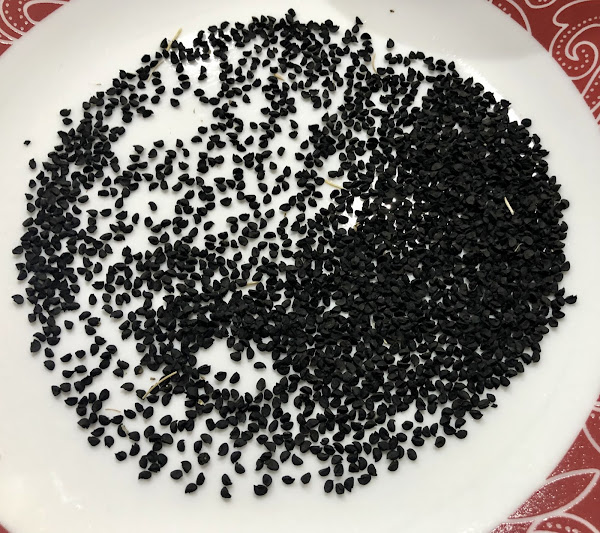Saturday, November 13, 2021
A Very Good Pumpkin Pie. 11.13.2021
Winter Cover Crop. 11.13.2021
Persimmons. 11.23.2021
Wednesday, November 10, 2021
New Raised Bed #1 is Done. 11.10.2021
Saving Pickle Cucumber Seeds. Part 2. 11.10.2021
Monday, November 08, 2021
Raised Bed Update. 11.8.2021
Here is the first of the new raised beds, so far. Today I spread a thin dusting of lime on the previous fill of soil, which is about nine inches from the final surface level. Also compost and some leaves. I wont be able to mix the contents, so it's sort of a "lasagna" soil building. Then I added another approx four inches of soil from the raised bed that I have to tear out due to mole damage and falling over. A dusting of ashes, then will add the final topsoil layer, also from that bed. There are lots of earthworms so I know they will be tunneling through and mixing it up nicely.
In his book about Gardening West of the Cascades, Steve Solomon recommends building soil via a cover crop of garden peas. Their roots grow deeply, and the plants enrich the soil. Garden peas can be planted very early. My current though is, around late February or early March, plant the raised beds with peas. If they grow quickly and we get a harvest, great. Otherwise, at tomato planting time in late May I can pull them out and feed the plants to the chickens. The idea is to get the soil building benefit, more than the peas.Makem and Clancy, Inch By Inch, Row by Row.
I don't know if this will embed. It's "The Garden Song", recorded here in 1988 by Irish folk singers in their final stage appearance. John Denver and Pete Seeger also recorded versions, and it was on the muppets.
I think it's a lovely song and performance. It speaks to my gardening peacefulness. It's too bad our society got into fakeness, unfathomable greed and selfishness over the past decade. Not that it wasn't like that in places and times before, but holy moly, what happened to our souls? By that, I'm not referring to someone's idea of what idea of what idea of their chosen gods and which tribe they supposedly adhere to, supposedly justifies their thoughtless grievances and narcissism, but rather our inner kindness as human beings. How will we find that again as a people, and be inclusive and kind and honest about it to boot?
Anyway there's still that patch of soil out there, a truckload of leaves to spread and the next raised bed to build block by block, inch by inch, row by row. Tomorrow more "rain will come tumblin down" according to the prediction.
I hope this plays. I can't just post the lyrics, which I guess have a copyright, so it's a Youtube embed instead. This is via BBC late late show in Jan, 1988.
Here is David Mallett's version. He wrote the song in 1975.
Friday, November 05, 2021
Saving Pickle Cucumber Seeds. 11.9.2019
This summer I let the last few pickle cucumbers reach full size and mature, for seeds. Those were grown from seeds I saved last year. The cucumber should be very ripe. This one was kept in a garage window to complete ripening.
Cucumbers are "wet seeds". They need to be fermented 2 or 3 days, then rinsed and dried.
Saving Seeds. 11.5.2021
For dry seeds - seeds that naturally have a dry seed head, such as onions, cilantro, marigolds - I collect the seed flower heads and save them in a brown paper lunch bag. I let them dry a couple of months. Then I reach into the bag, crush them with my hand, and remove the big dry stems. I place them on a plate, and for seeds with light chaff, I take them outside, swirl them around and blow away the chaff. Some need to have the flower petals hand picked off - marigolds.
I processed most of the dry seed heads today.
Lettuce, black seeded Simpson.
Sweet basil. I grew these plants from saved seeds from last year.
Lettuce Leaf Basil. Open pollinated so the shape might not be true but the flavor should still be very good. Cilantro. The seeds are actually coriander, which is nice in chili. A pink four o'clock. I also have mixed seeds and a yellow four o'clock from last year. I also processed marigold seeds.

















